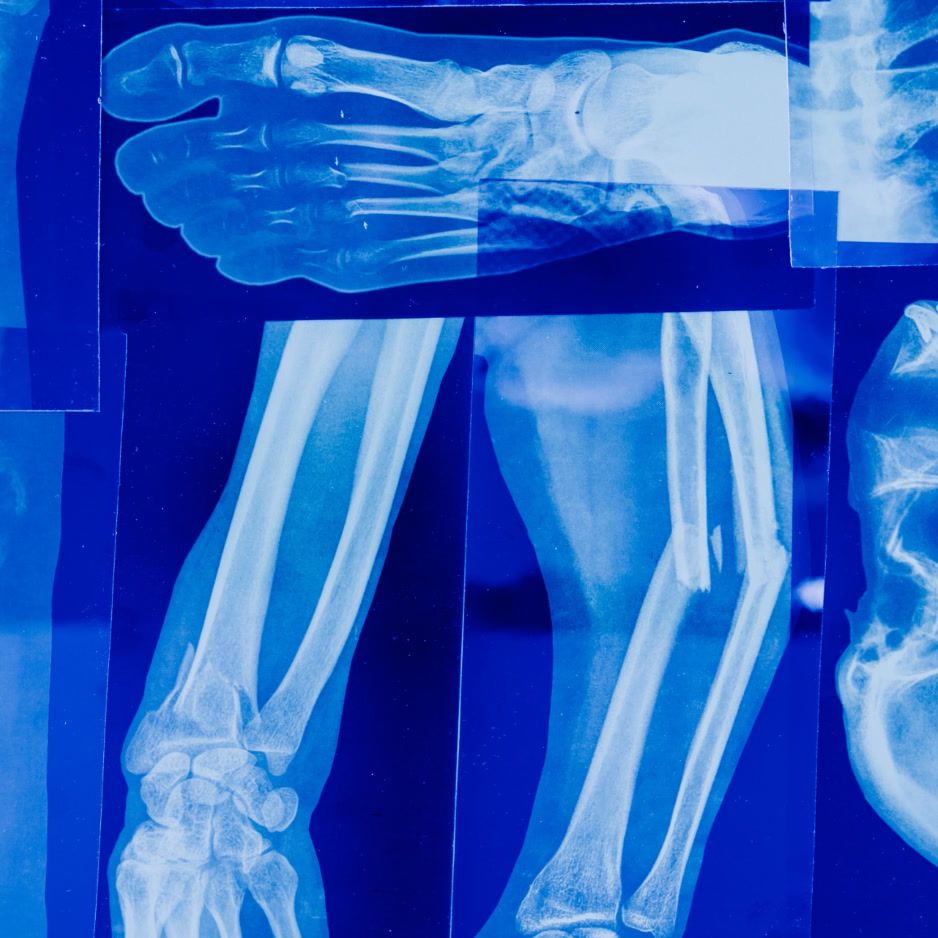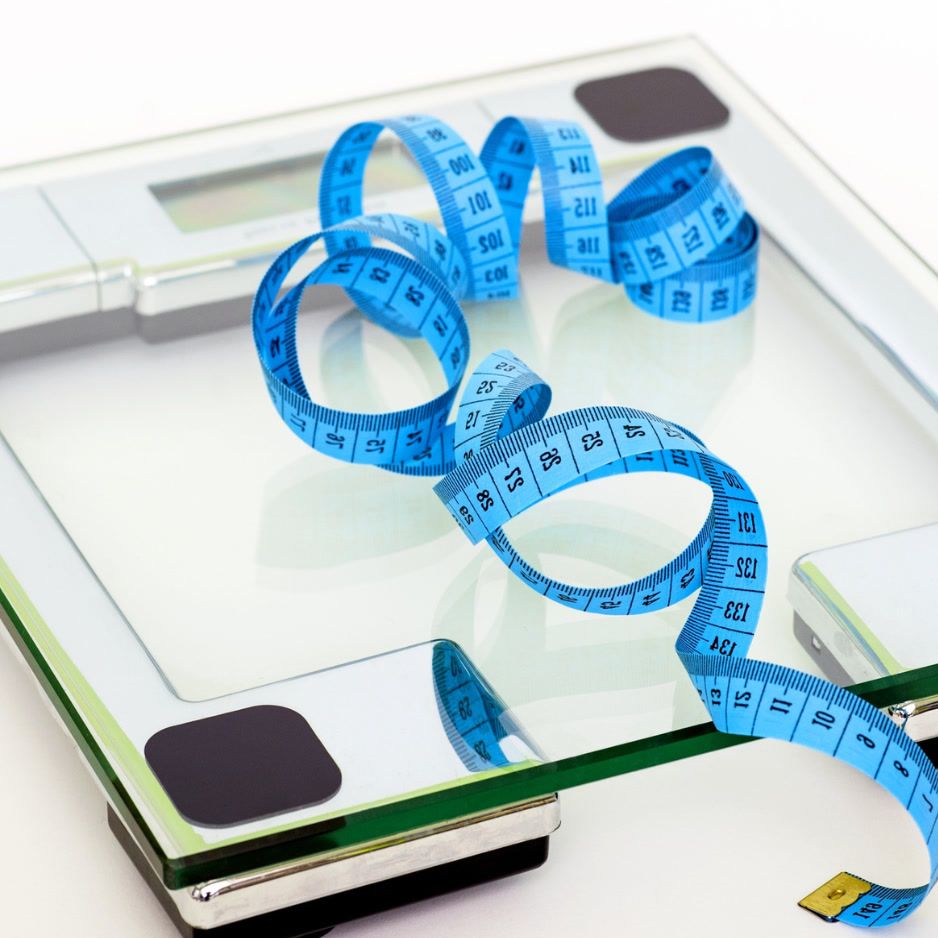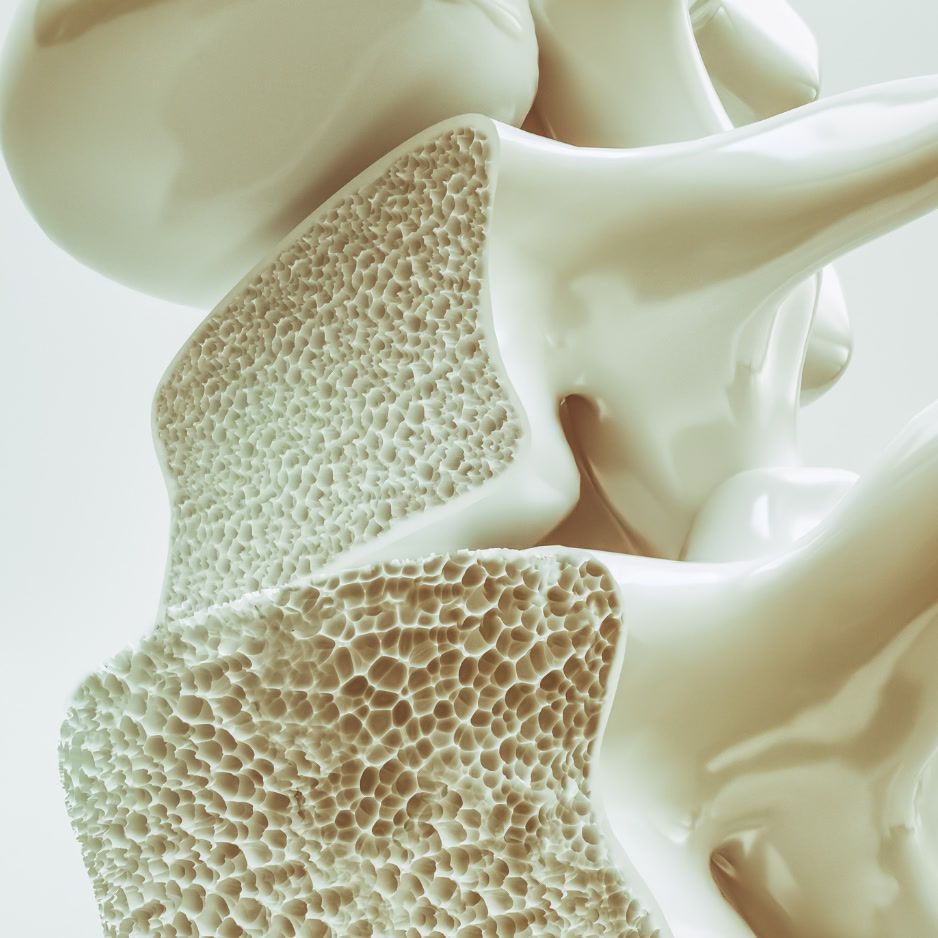How to Get Bigger Arms: An 8-Week Workout Guide

How to Get Bigger Arms: An 8-Week Workout & Guide
If you want bigger arms, you need two things: a plan you can follow on busy days and the know-how to make every rep count. This guide gives you both—complete gym, time‑crunched, and home plans—plus how to progress week to week, what to eat, and how to avoid common mistakes.
The quick-start answer
Want bigger arms? Do this:
- Train biceps and triceps 2×/week for 10–20 hard sets per muscle per week. Start at 10–12 and add only if you’re recovering and progressing. Higher weekly volume generally drives more growth up to your recovery limit, based on meta-analyses of training volume and frequency).
- Use a mix of rep ranges: mostly 6–12 reps, plus some 12–15 “pump” sets. Growth happens across a wide load spectrum as long as sets are close to failure (tempo/rep-duration review).
- Rest long enough to push hard: take 2–3 minutes on your heaviest sets; longer rest outperforms 1-minute breaks for size and strength in trained lifters (RCT in trained men).
- Choose smart exercises: include lengthened‑range triceps work like overhead extensions to bias the long head (12‑week overhead vs neutral study). For biceps, different shoulder angles can build size similarly when loading is matched—pick curls you feel and can progress (shoulder angle comparison).
- Eat to grow: aim for a small calorie surplus (+10–20%) and 1.6–2.2 g protein/kg/day; going much above ~1.6 g/kg doesn’t add extra lean mass when you’re lifting (protein meta-analysis). Creatine monohydrate (3–5 g/day) reliably supports strength and small extra hypertrophy with training (creatine systematic review).
- Track real progress: re-measure in 8–10 weeks with a BodySpec DEXA scan to see lean mass changes in each arm, not just scale or mirror changes (DEXA guide; BodySpec accuracy standards).
Arm anatomy
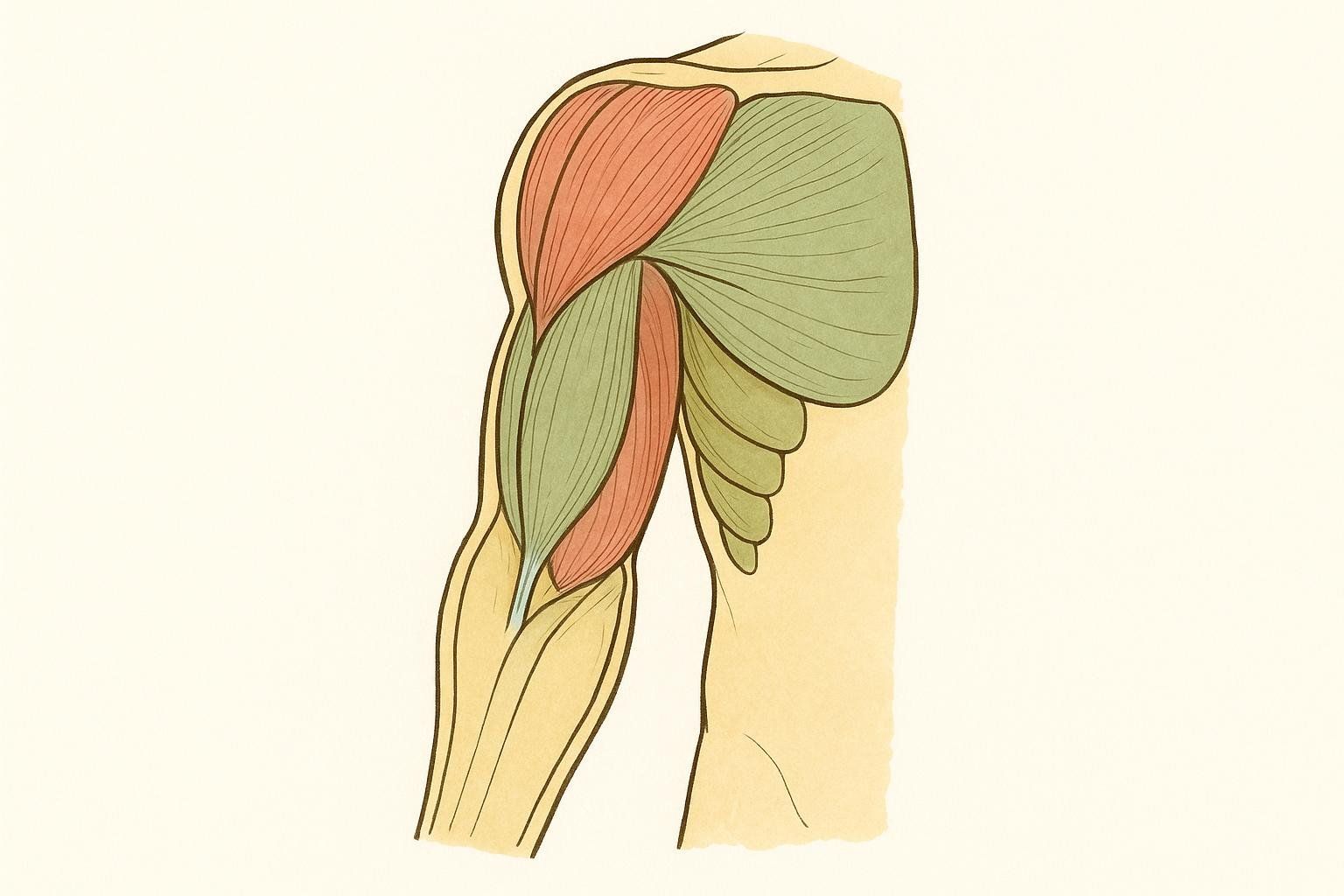
- Biceps brachii (long and short head) flexes the elbow and powerfully supinates the forearm; brachialis underneath adds thickness; brachioradialis boosts forearm size and elbow flexion, especially with a neutral grip. The triceps (long, lateral, medial) extends the elbow; the long head crosses the shoulder, which is why overhead extensions are clutch (NCBI Bookshelf overview).
Your 8‑week arm plan (pick your track)
Each track uses two arm‑focused days per week. Keep 1–2 reps in reserve (RIR) on most sets. Warm up with 3–5 minutes of light movement and 1–2 ramp‑up sets.
Weekly structure
- Track 1 (Gym): follows a Day A/Day B split.
- Track 2 (Time‑crunched): repeat the single superset workout twice per week (48–72 hours apart).
- Track 3 (Home): repeat the single bands/dumbbells workout twice per week (48–72 hours apart).
Progression rules
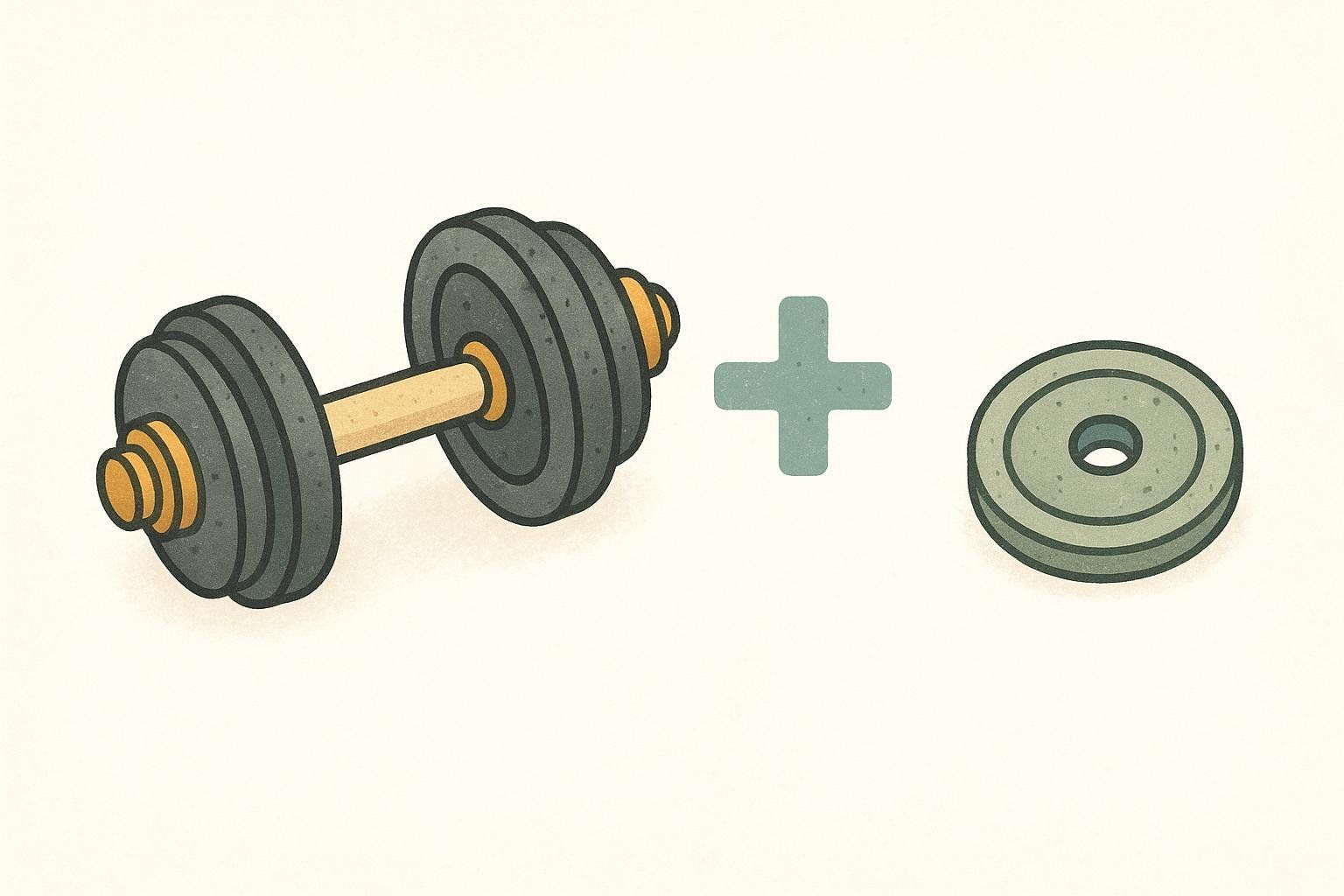
- When you hit the top of the rep range on all sets, add 2.5–5 lb (or a stronger band) next time. If you stall for 2 straight weeks, add 1 set to one exercise (not all).
- Week 4 = deload: cut sets by ~30–40% (RIR 2–3). Week 8 = deload or test performance: try to beat Week 1 by adding weight or reps on your main lifts, or re‑measure with a DEXA scan.
Track 1: Gym plan (45–60 minutes)
Day A (Strength emphasis)
| Exercise | Sets | Reps | Rest |
|---|---|---|---|
| Close‑Grip Bench Press | 4 | 6–8 | 2–3 min |
| Weighted or Assisted Chin‑Up | 4 | 6–8 | 2–3 min |
| EZ‑Bar Curl | 3 | 8–10 | ~90 sec |
| Overhead Cable Triceps Extension | 3 | 8–10 | ~90 sec |
Day B (Hypertrophy/pump)
| Exercise | Sets | Reps | Rest |
|---|---|---|---|
| Incline Dumbbell Curl | 3 | 10–12 | 60–90 sec |
| Rope Triceps Push‑Down | 3 | 12–15 | 60–90 sec |
| Cable Stretch Curl (lengthened position) | 3 | 10–12 | 60–90 sec |
| Skull Crusher or DB Extension | 3 | 10–12 | 60–90 sec |
| Face Pull or Rear‑Delt Fly (optional) | 2 | 12–15 | 60–90 sec |
Track 2: Time‑crunched (30–40 minutes; supersets)
Run this 2×/week with 48–72 hours between sessions.
- Do one set of A1, then immediately one set of A2.
- Rest 60–90 seconds after the pair.
- Repeat the A1/A2 pair for all prescribed sets.
- Move to B1/B2, then C1/C2, using the same pattern.
| Superset | Exercises | Sets | Reps | Rest |
|---|---|---|---|---|
| A | A1: Bar or Band Chin‑Up → A2: Rope Push‑Down | 3–4 | 6–10 / 10–12 | 60–90 sec after A2 |
| B | B1: Dumbbell Skull Crusher → B2: Incline DB Curl | 3 | 8–12 / 10–12 | 60–90 sec after B2 |
| C | C1: Overhead Cable/DB Triceps Ext → C2: Hammer Curl | 2–3 | 12–15 / 10–12 | 60–90 sec after C2 |
Track 3: Home plan (bands/dumbbells)
Run this session 2×/week with at least 48 hours between workouts.
| Exercise | Sets | Reps | Rest |
|---|---|---|---|
| Backpack/Dumbbell Curl | 4 | 8–12 | 60–90 sec |
| Triangle Push‑Up or Bench/Chair Dip | 4 | 8–12 | 60–90 sec |
| Band Hammer Curl | 3 | 12–15 | 60–90 sec |
| Overhead Band Triceps Extension | 3 | 12–15 | 60–90 sec |
| Band Reverse Curl (optional) | 2 | 15 | 60–90 sec |
Form cues and safety
- Keep elbows close on curls; control the lowering for 2–3 seconds.
- On overhead extensions, keep ribs down and elbows pointing forward to spare the shoulders.
- For dips, use a sturdy surface and stay in a pain‑free range at the shoulders.
Related BodySpec resources
- Pull Day Workout: Routines for Back & Biceps
- Push Day Workout: Guide and Science‑Backed Routines
- Bicep Growth Blueprint: A Science‑Backed Approach
- The Ultimate Tricep Workout Guide
How to track arm growth
- Track tonnage (sets × reps × load) as a quick performance gauge. Example: 4 × 8 × 30 lb curls = 960 lb of work. If technique and RIR stay consistent, rising tonnage week to week is a good sign.
- Use double progression: add reps within the range first; once you hit the top number across all sets, add weight next time.
- Re‑check body composition, not just sleeves and selfies. A DEXA scan shows lean mass in each arm, total fat mass, bone density, and visceral fat.
Nutrition for bigger arms
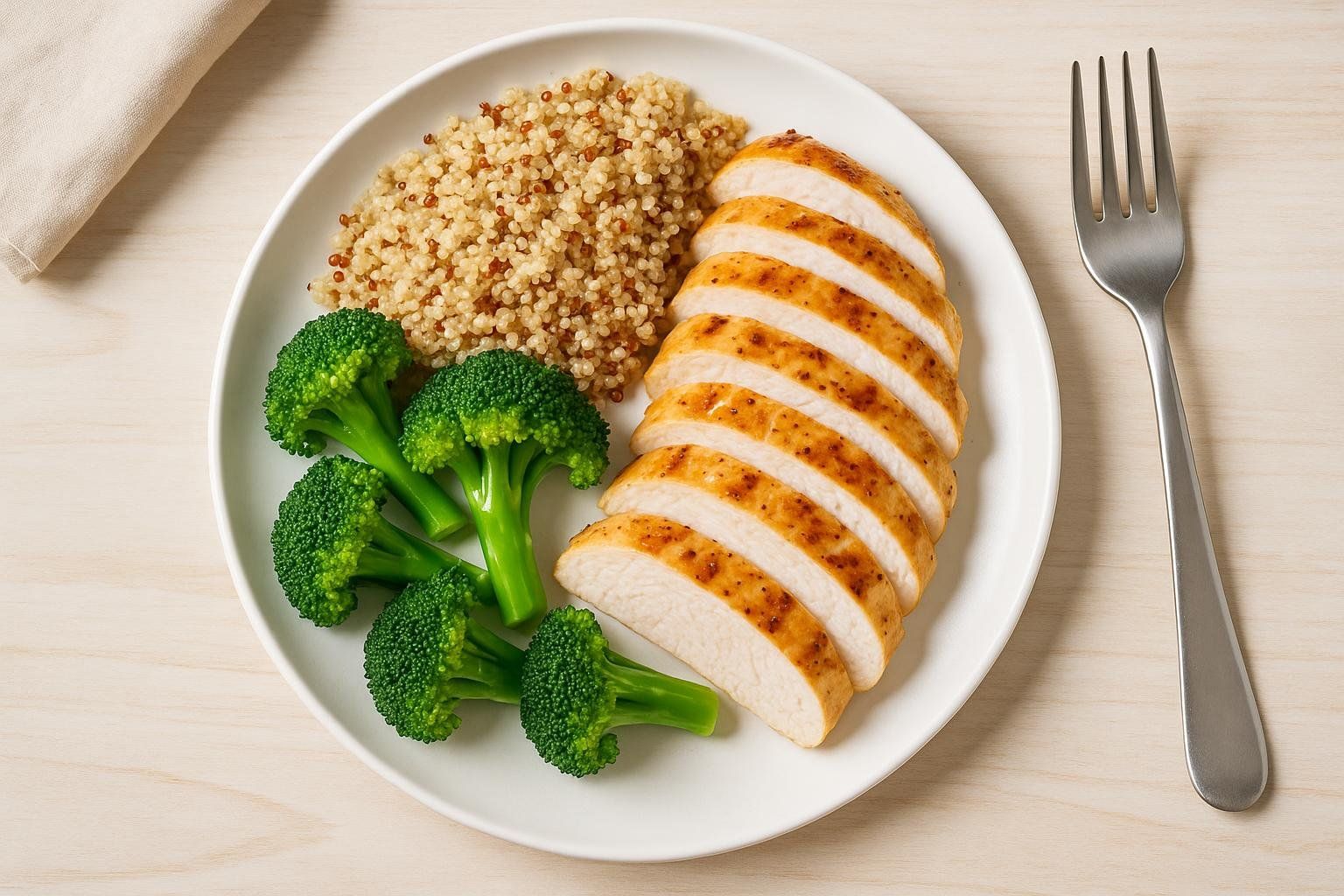
- Protein: aim for 1.6–2.2 g protein/kg/day spread across 3–5 meals (meta-analysis).
- Calories: a modest surplus (+10–20%) fuels growth without excessive fat gain—pair with progressive training (see our Lean Bulk Meal Plan templates).
- Carbs: aim for ~3–5 g/kg/day, higher on heavy days to support performance.
- Creatine: 3–5 g/day of creatine monohydrate reliably improves strength and adds small extra lean mass when paired with lifting (systematic review; also see our Creatine Guide)).
- Recovery basics: sleep 7–9 hours, hydrate, and use recovery tools strategically—see our Science‑Backed Muscle Recovery Guide.
Common mistakes that stall arm growth
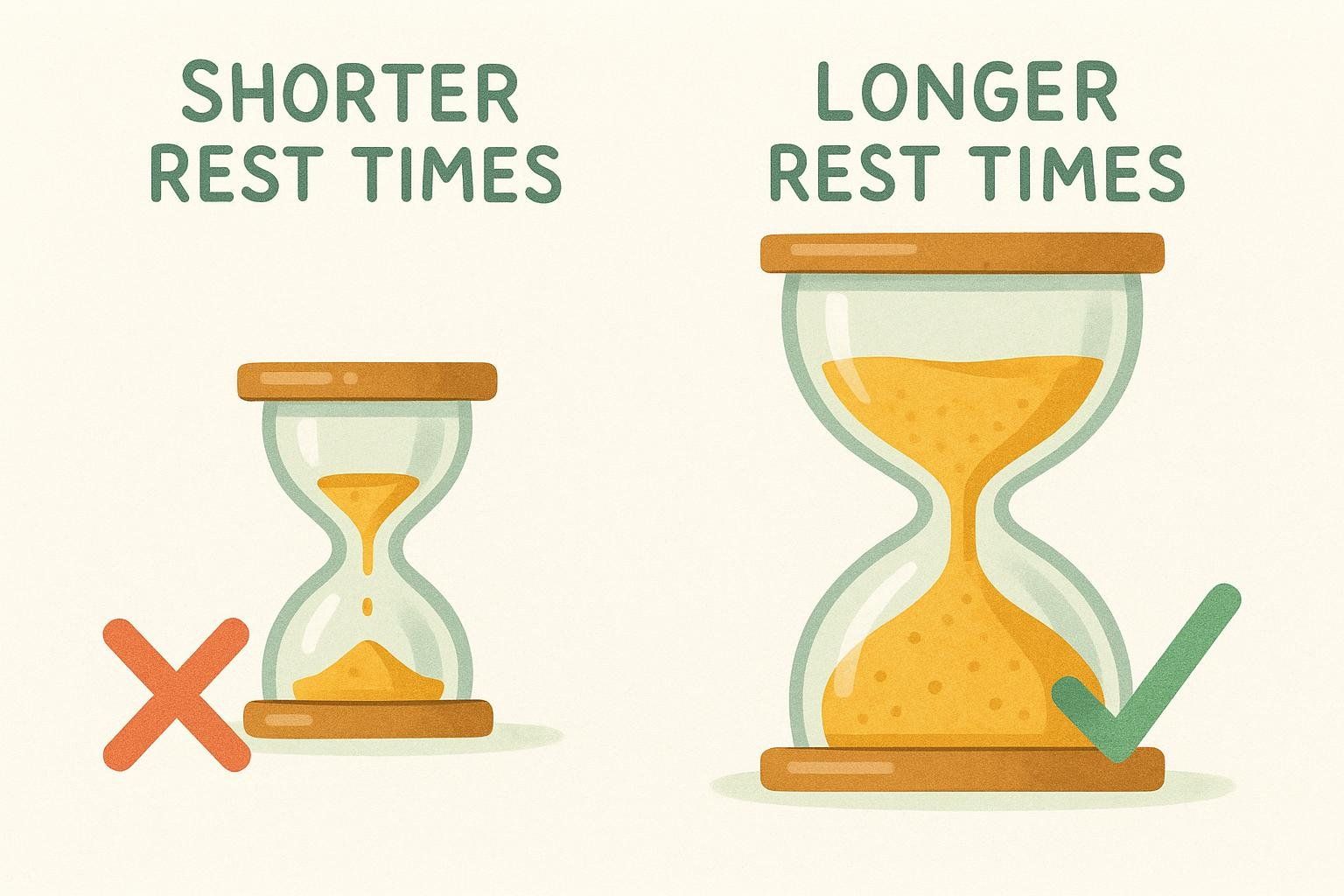
- Ignoring triceps. Triceps are the majority of upper‑arm mass—don’t just curl; press and extend, including an overhead variant (overhead triceps study).
- Chasing burn over load. Pump work is great, but progressive overload drives long‑term growth. Log your lifts.
- Short rests on heavy sets. One‑minute breaks compromise performance and gains; go 2–3 minutes for compounds (rest-interval RCT).
- Misusing curl variety. Variety isn’t magic for biceps size when loading is matched, but it can keep elbows happy and target helpers like brachialis/brachioradialis (e.g., hammer/reverse curls). Rotate for comfort and motivation, not because you must.
- Skipping deloads. Pull back on week 4 and week 8 if joints or performance flag; you’ll come back stronger.
FAQs
-
How many sets per week for bigger arms? Start at ~10–12 hard sets for biceps and ~10–12 for triceps. Bump toward 14–20 only if you’re recovering and progressing (dose–response meta-analysis).
-
Do I need heavy or light weights? Both can work. Across a wide load spectrum, training close to failure yields similar hypertrophy; use 6–12 reps as your staple and sprinkle 12–15 for pump work.
-
Is tempo (slow reps) a growth hack? Not really. Within typical ranges, tempo has minimal impact compared with total volume and proximity to failure—use a controlled 2–3 s lowering and focus on progression (eccentric tempo RCT).
-
What about training to failure on every set? Save all‑out failure for your last set or isolation moves; keep 1–2 RIR on most sets so you can hit your weekly volume and recover.
-
Can I grow my arms at home? Yes. Using dumbbells, resistance bands, or a loaded backpack is enough if you train close to failure and progress weekly. Use the home plan above.
-
How long until I see results? Expect visible changes in 8–12 weeks with consistent training, protein, and sleep.

Measure Your Progress Accurately with DEXA
Scale weight and sleeve tightness can mislead you. A BodySpec DEXA scan quantifies lean mass in your arms, total fat mass, bone density, and even visceral fat—so you’ll know if your program is adding the right tissue.
- New to DEXA? Start here: DEXA Body Scan: Complete Guide
- Curious about consistency? Read our BodySpec DEXA Scan Accuracy Guide
- Ready to get data you can act on? Book your scan and re‑scan in 8–10 weeks.
Stay consistent, lift with intent, eat to grow—and let the data prove your arms are getting bigger.
